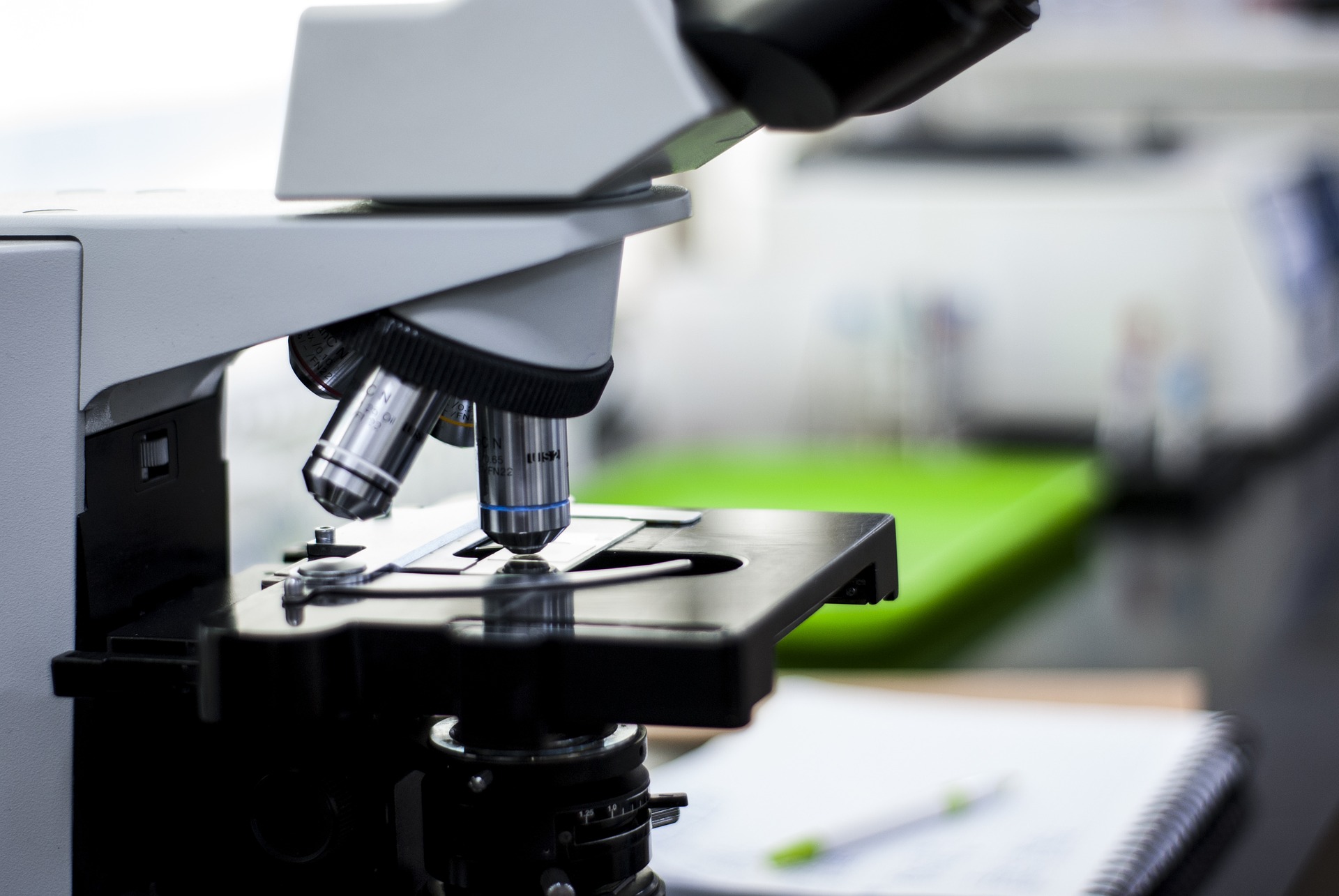The last few years have been one of great upheaval and uncertainty for UK science and the research and development (R&D) sector.
Even in this tumultuous environment, and in part in response to it, the UK Government has put significant faith in R&D. A central feature of Theresa May’s economic platform was the 2017 Industrial Strategy which included a commitment to ‘a generational increase in public and private R&D investment’ of 2.4% of GDP investment in R&D by 2027 an increase calculated at up to £80 billion in 10 years.
The current Government under Boris Johnson continued this commitment to the 2.4% target in this year’s Budget outlining its spending plans for the year ahead, even while announcing one of the most interventionist budgets since the Second World War. This is timely and hugely welcome. The Society has joined with other science policy organisations to support the Government’s plans for increasing research intensity to 2.4% of GDP by 2027, including increasing public R&D expenditure to £22bn in the year 2024/25, a rate which exceeds the initial year-on-year projections calculated by Campaign for Science and Engineering (CaSE).
The Budget also included specific funding for basic research. The Government has pledged £800 million towards a new blue-skies funding agency to invest in high-risk, high-reward science, known as the British ‘ARPA’ after the US executive agency launched in 1958. The US’s Advanced Research Projects Agency (ARPA) was a collaboration between academia, industry and Government partners, designed to promote blue-sky research beyond the immediate need of Government and the public. Some of the past successes of ARPA include drones, GPS, microelectronics and computing [1]. More recently, ARPA’s successor agency DARPA (Defense Advanced Research Projects Agency), has been involved in the collaboration behind some promising vaccine research for COVID-19 [2].
While it is clear that the Government has recognised the need to sustain the entire R&D pipeline as part of its 2.4% target, The Society will continue to work closely with funding organisations such as BBSRC and The Wellcome Trust to ensure that basic research is a key part of this new investment and is in support of our existing work to promote the Government’s Ageing Society Grand Challenge as part of the Industrial Strategy. As such, we would like to see the ‘ARPA approach’ across all the research councils, not just one newly created agency.
Basic science must see the benefit of the increase in public funds given that it is less likely to receive investment from the private sector as the impact is rarely as immediate as to be able to demonstrate cause and effect and, therefore, return on investment. To that end, The Physiological Society will be working with experts from across academia, industry and university administrators to develop a summary of the contribution of physiology to knowledge exchange and identify barriers to further engagement.
This piece of work will be designed to answer some of the questions raised as part of the Government’s Comprehensive Spending Review later in the year. Spending Reviews set firm and fixed three-year Departmental Expenditure Limits and define the key improvements that the public can expect from these resources [3]. Now that the Government has confirmed that money will be made available to invest in R&D, The Physiological Society will turn its attention to ensuring that this money is made available to sciences throughout the science sector and make the case for physiology as the science of life.
